Traditional Cataract Surgery
Cataract Surgery in Jacksonville
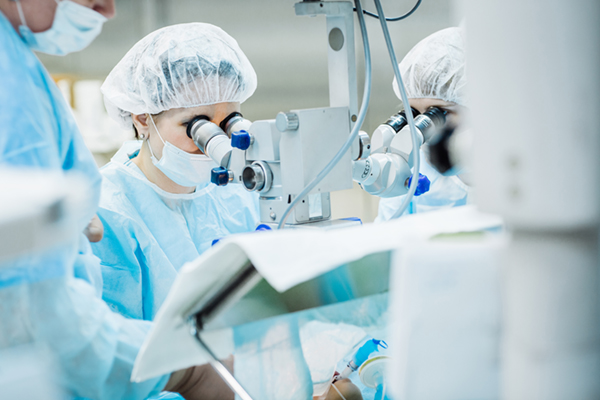
At Clay Eye, the surgeons use the safest and most successful cataract treatment available today. The surgeons at Clay Eye use no-stitch cataract surgery, a gentle, precise method, which can lead to a faster visual recovery in the eye after surgery. Once the cataract is removed, an artificial lens implant will be placed in the eye. As a patient, you will have a choice of the monofocal lens implant or a multifocal lens implant. These new multifocal advances in lens design now give our patients the choice to see near and far without complete dependence on glasses. Clay Eye Physicians and Surgeons provide a complete spectrum of multifocal, accommodating, phakic, and toric lens implant options. If you are seeking a lifestyle lens implant or Multifocal lenses, our practice has a complete set of lens implant options unmatched by other practices in the area. Our doctors realize that each patient has unique visual requirements, and the best approach enables us to fit each patient with the best lens implant possible. We will be happy to provide exceptional lens implant consulting regarding which lens is the “best fit” for you. After all, these are your eyes and this vision correction procedure could determine your entire visual future. It is a serious matter to consider, and we want you to make the correct choice.
Cataract Surgery
Step 1
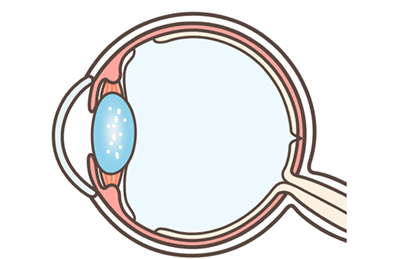
The eye must be properly dilated, and the doctor will prepare the surgical area using cleansers and anesthesia.
Cataract Surgery
Step 2
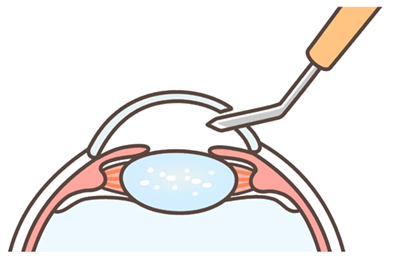
The second step is to make a small incision in the clear cornea, about 2-3 millimeters in length, where an ultrasonic device will be inserted. The front part of the lens envelope, known as the lens capsule, is carefully opened so that the lens material can be removed.
Cataract Surgery
Step 3
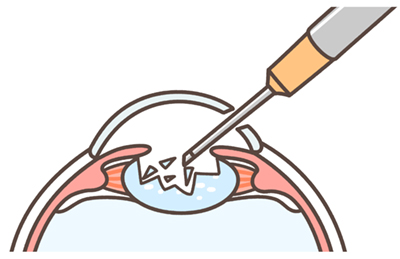
The next step is to insert the small ultrasonic device into the eye and vacuum out the cataract. The ultrasonic device then pulverizes the hardened and yellowed lens proteins. The pulverized material is simultaneously vacuumed from the eye.
Cataract Surgery
Step 4
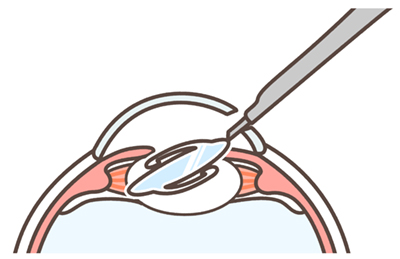
Next, a folded intraocular lens specifically chosen by the surgeon to suit your individual needs is then inserted through the original incision and maneuvered into the lens capsule and then centered. The lens will remain inside your eye in this location without moving. Intraocular lenses cannot be felt or sensed in any way by the patient.
Cataract Surgery
Step 5
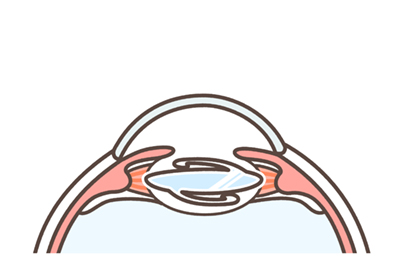
The new lens then unfolds where your natural lens used to exist. The eye doctors here make sure it is positioned, centered, checked and the opening is self-sealing and closes without needing stitches. Once the proper positioning has taken place the surgery is completed.
After Cataract Surgery
Recovery from surgery is generally very quick with most patients achieving noticeably better vision within the first 24 hours of the procedure. Patients are generally asked to use two different eye medications which are administered as drops several times daily for the first few weeks after surgery. It is important that during the first 7 postoperative days patients refrain from strenuous activity such as lifting weights for exercise or lifting other heavy objects. Patients should also refrain from eye rubbing during the first few weeks following surgery.

